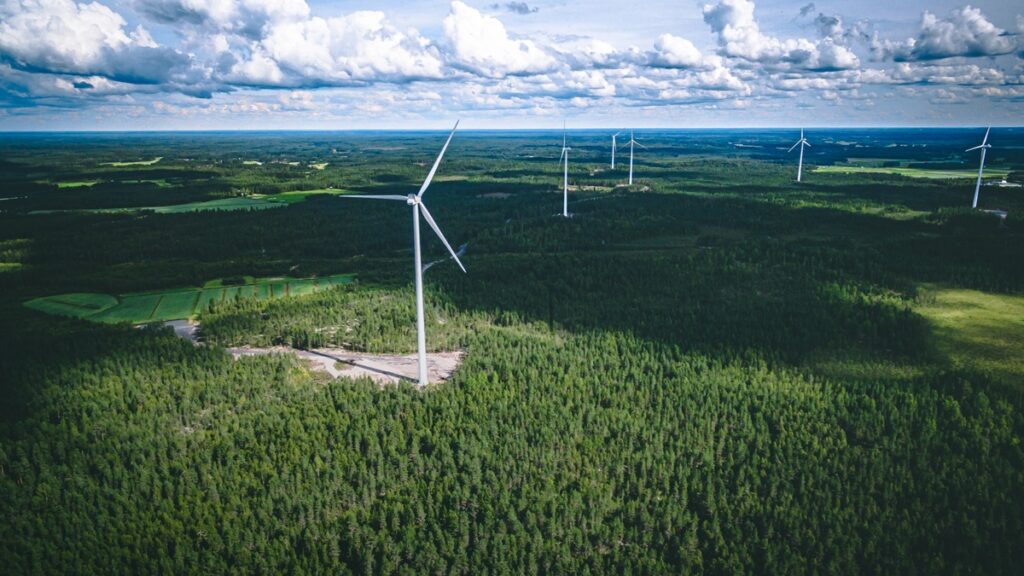When it comes to reducing their carbon footprint, most manufacturers tend to prioritise improving the energy efficiency of their production processes and supply chains. No less important to tackle, however, are carbon emissions related to the everyday workplace.
Small changes to day-to-day office operations can greatly contribute to reductions in greenhouse gas emissions, an improvement in environmental, social and governance (ESG) metrics, and greater talent attraction. Over two-thirds of employees say they are more willing to apply and accept jobs from organisations that promote environmental sustainability, while 39% expect their employers to reduce emissions to net-zero within the next few years.
But to take effective steps in establishing a more carbon-neutral workplace, it’s important to first know the impact of existing workplace practices.
Understanding the nuances of carbon-neutral manufacturing is crucial for businesses aiming to enhance their sustainability practices. By exploring comprehensive strategies and examples detailed at Carbon-neutral Manufacturing, companies can discover innovative ways to minimise their environmental impact. This resource offers valuable insights into balancing productivity with ecological responsibility. Embracing such approaches not only supports the planet but also bolsters an organisation’s reputation for environmental stewardship.
What goes into your workplace carbon emissions?
-
Managing of office equipment
When making purchasing decisions, it’s important to keep in mind that immediate investments can result in long-term savings. The United States Environmental Protection Agency found that over 1.5 billion pounds of greenhouse gas emissions and US$117 million in annual energy costs could be saved if every piece of office equipment purchased in the country was ENERGY STAR certified. Similar certifications around the world offer indications of more energy-efficient electronics, including computers, copiers and printers, monitors and television displays, that could save up to 60% in electricity use. This extends to pantry appliances such as refrigerators, dishwashers, microwaves and more.
-
Heating, cooling and lighting
Another significant source of energy consumption is heating, cooling and lighting. Electricity costs can be significantly reduced by implementing a “lights out” policy which automates the shutting off of air-conditioners and lights after office hours, allowing employees who are working late to manually switch on their area’s cooling and lighting as necessary.This is particularly urgent as energy-related carbon emissions have skyrocketed to a record high in recent years, with energy prices continuing to spike. Short of investing in renewable energy to power the workplace, reduced consumption is the most promising way to shrink an organisation’s carbon footprint.
-
Waste
Reducing waste production simply makes good business sense, as it saves organisations money spent on repurchasing consumables such as disposable cutlery, single-use plastic bottles, paper towels and more.This goes hand-in-hand with a cultural shift in the workplace. Going paperless, purchasing biodegradable paper napkins and towel products, setting up a recycling process, and choosing only Fairtrade coffees and teas (which promote proper waste management practices for farmers) all contribute to reducing an organisation’s carbon footprint.
-
Mobility
Daily commutes to the office and to meetings, as well as regular long-haul flights, are also a key contributor to workplace emissions. While shifting to hybrid work could potentially reduce commuting and cut workplace emissions by 13%, other considerations for employers include subsidising the cost of public transport, replacing long-haul business travel with video conferencing technology, and promoting carsharing or carpooling.For organisations with unavoidable carbon emissions due to travel, another option is to consider purchasing carbon offsets or choosing to stay at green hotels during business trips to minimise their travel footprint. Carbon offsets have the added benefit of supporting renewable energy projects as well.
Overcome measurement challenges with industry benchmarks
To reach carbon neutrality in the workplace, organisations need better ways to review their energy use in order to map their efficiency improvements. To that end, the Consumer Sustainability Industry Readiness Index (COSIRI) assessment process is designed to be a quick and easy way for companies to track and benchmark their sustainability efforts against peers globally, for better insights on how to accelerate and achieve significant potential economic benefit from decarbonisation.



